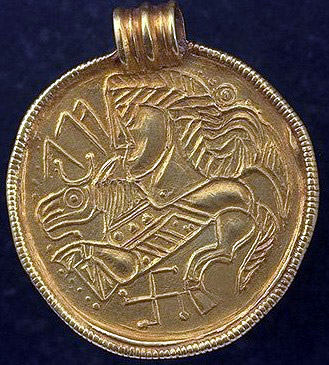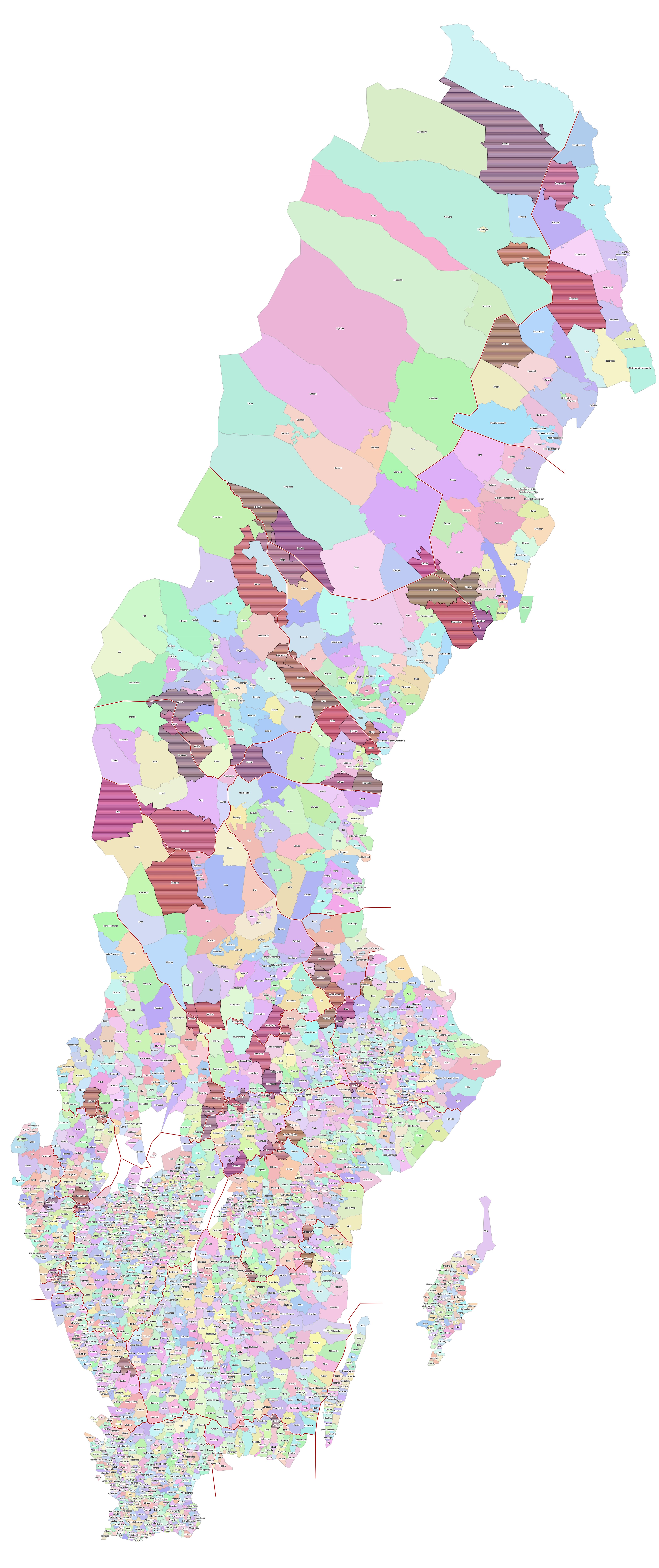|
Atlingbo
Atlingbo is a populated area, a socken (not to be confused with parish), on the Swedish island of Gotland. It comprises the same area as the administrative Atlingbo District, established on 1January 2016. Geography Atlingbo is situated in the central part of Gotland. The medieval Atlingbo Church is located in the socken. , Atlingbo Church belongs to Vall-Hogrän-Atlingbo parish in Eskelhems pastorat, along with the churches in Vall and Hogrän. References External links *Objects from Atlingbo at the Digital Museumby Nordic Museum The Nordic Museum ( sv, Nordiska museet) is a museum located on Djurgården, an island in central Stockholm, Sweden, dedicated to the cultural history and ethnography of Sweden from the early modern period (in Swedish history, it is said to be ... Populated places in Gotland County {{Gotland-geo-stub ... [...More Info...] [...Related Items...] OR: [Wikipedia] [Google] [Baidu] |
Atlingbo Church
Atlingbo Church ( sv, Atlingbo kyrka) is a medieval church in Atlingbo on the Swedish island Gotland. Atlingbo Church was built in stages during the 13th century, with only the sacristy being of later date. The church contains a decorated Romanesque baptismal font made by the workshop or sculptor known as Byzantios. It is used by the Church of Sweden and lies in the Diocese of Visby. History and architecture The present church was erected on the site of at least one earlier church; the first church on the site may have been one of the first churches on Gotland as it is mentioned in the Gutasaga. The presently visible church was erected during the 13th century. The oldest parts are the choir and apse, dating from the first part of the century. At the end of the century, the nave and tower base were constructed; the tower was never finished. The sacristy was added in 1800–01. The church has three remaining medieval portals, two Gothic and one Romanesque. In the nave there is unus ... [...More Info...] [...Related Items...] OR: [Wikipedia] [Google] [Baidu] |
Hogrän
Hogrän () is a populated area, a ''socken'' (not to be confused with Parishes of the Church of Sweden, parish), on the Swedish island of Gotland. It comprises the same area as the Registration districts in Sweden, administrative Hogrän District, established on 1January 2016. Geography Hogrän is situated in the central inland of Gotland. The land is mainly flat farmlands mixed with meadows in the east part and forests and mires in the west. Most noted is Prostarve Änge where wild Orchidaceae, orchids grow. The Middle Ages, medieval Hogrän Church is located in the socken. , Hogrän Church belongs to Vall-Hogrän-Atlingbo Parishes of the Church of Sweden, parish in Eskelhems pastorat, along with the churches in Vall, Gotland, Vall and Atlingbo. History A cache containing 23 sausage-shaped Viking Age bronze ingots were found in Hogrän. The find that also contained a Celtic brooch, penannular brooch and a pin. The find is called the Stora Enbjänne find, after the farm it wa ... [...More Info...] [...Related Items...] OR: [Wikipedia] [Google] [Baidu] |
Country
A country is a distinct part of the world, such as a state, nation, or other political entity. It may be a sovereign state or make up one part of a larger state. For example, the country of Japan is an independent, sovereign state, while the country of Wales is a component of a multi-part sovereign state, the United Kingdom. A country may be a historically sovereign area (such as Korea), a currently sovereign territory with a unified government (such as Senegal), or a non-sovereign geographic region associated with certain distinct political, ethnic, or cultural characteristics (such as the Basque Country). The definition and usage of the word "country" is flexible and has changed over time. ''The Economist'' wrote in 2010 that "any attempt to find a clear definition of a country soon runs into a thicket of exceptions and anomalies." Most sovereign states, but not all countries, are members of the United Nations. The largest country by area is Russia, while the smallest is ... [...More Info...] [...Related Items...] OR: [Wikipedia] [Google] [Baidu] |
Swedish National Heritage Board
The Swedish National Heritage Board ( sv, Riksantikvarieämbetet; RAÄ) is a Swedish government agency responsible for World Heritage Sites and other national heritage monuments and historical environments. It is governed by the Ministry of Culture. The goals of the agency are to encourage the preservation and protection of historic environments and to promote the respect for and knowledge of historic environments. In order to do this, it tries to ensure that Swedish heritage is accessible to all citizens, to spread information about that heritage, and to "empower heritage as a force in the evolution of a democratic, sustainable society". History 17th and 18th century The National Heritage Board was founded in 1630. On the 20May that year, Johannes Bureus who was a prominent rune researcher and King Gustavus Adolphus' private teacher, was appointed the first ''riksantikvarien'' ("National Antiquarian"). Bureus' teachings had made the king interested in ancient monuments an ... [...More Info...] [...Related Items...] OR: [Wikipedia] [Google] [Baidu] |
Church Of Sweden
The Church of Sweden ( sv, Svenska kyrkan) is an Evangelical Lutheran national church in Sweden. A former state church, headquartered in Uppsala, with around 5.6 million members at year end 2021, it is the largest Christian denomination in Sweden, the largest Lutheran denomination in Europe and the third-largest in the world, after the Ethiopian Evangelical Church Mekane Yesus and the Evangelical Lutheran Church in Tanzania. A member of the Porvoo Communion, the church professes Lutheranism. It is composed of thirteen dioceses, divided into parishes. It is an open national church which, working with a democratic organisation and through the ministry of the church, covers the whole nation. The Primate of the Church of Sweden, as well as the Metropolitan of all Sweden, is the Archbishop of Uppsala. Today, the Church of Sweden is an Evangelical Lutheran church. It is liturgically and theologically "high church", having retained priests, vestments, and the Mass during the ... [...More Info...] [...Related Items...] OR: [Wikipedia] [Google] [Baidu] |
Pastorat
The Church of Sweden ( sv, Svenska kyrkan) is an Evangelical Lutheran national church in Sweden. A former state church, headquartered in Uppsala, with around 5.6 million members at year end 2021, it is the largest Christian denomination in Sweden, the largest Lutheran denomination in Europe and the third-largest in the world, after the Ethiopian Evangelical Church Mekane Yesus and the Evangelical Lutheran Church in Tanzania. A member of the Porvoo Communion, the church professes Lutheranism. It is composed of thirteen dioceses, divided into parishes. It is an open national church which, working with a democratic organisation and through the ministry of the church, covers the whole nation. The Primate of the Church of Sweden, as well as the Metropolitan of all Sweden, is the Archbishop of Uppsala. Today, the Church of Sweden is an Evangelical Lutheran church. It is liturgically and theologically "high church", having retained priests, vestments, and the Mass during the Swedis ... [...More Info...] [...Related Items...] OR: [Wikipedia] [Google] [Baidu] |
Middle Ages
In the history of Europe, the Middle Ages or medieval period lasted approximately from the late 5th to the late 15th centuries, similar to the post-classical period of global history. It began with the fall of the Western Roman Empire and transitioned into the Renaissance and the Age of Discovery. The Middle Ages is the middle period of the three traditional divisions of Western history: classical antiquity, the medieval period, and the modern period. The medieval period is itself subdivided into the Early, High, and Late Middle Ages. Population decline, counterurbanisation, the collapse of centralized authority, invasions, and mass migrations of tribes, which had begun in late antiquity, continued into the Early Middle Ages. The large-scale movements of the Migration Period, including various Germanic peoples, formed new kingdoms in what remained of the Western Roman Empire. In the 7th century, North Africa and the Middle East—most recently part of the Eastern Ro ... [...More Info...] [...Related Items...] OR: [Wikipedia] [Google] [Baidu] |
Nationalencyklopedin
''Nationalencyklopedin'' (; "The National Encyclopedia" in English), abbreviated NE, is a comprehensive contemporary Swedish-language encyclopedia, initiated by a favourable loan from the Government of Sweden of 17 million Swedish kronor in 1980, which was repaid by December 1990. The printed version consists of 20 volumes with 172,000 articles; the Internet version comprises 260,000 articles (as of June 2005). History The project was born in 1980, when a government committee suggested that negotiations be initiated with various publishers. This stage was finished in August 1985, when in Höganäs became the publisher responsible for the project. The project specifications were for a modern reference work based on a scientific paradigm incorporating gender and environmental issues. Pre-orders for the work were unprecedented; before the first volume was published in December 1989, 54,000 customers had ordered the encyclopedia. The last volume came out in 1996, with three suppl ... [...More Info...] [...Related Items...] OR: [Wikipedia] [Google] [Baidu] |
Ministry Of Finance (Sweden)
The Ministry of Finance ( sv, Finansdepartementet) is a Swedish government ministry responsible for matters relating to economic policy, the central government budget, taxes, banking, security and insurance, international economic work, central, regional and local government. The ministry has a staff of 490, of whom only 20 are political appointees. The political executive is made up of three ministers: the Minister for Finance currently Elisabeth Svantesson ( m), the Minister for Financial Markets currently Niklas Wykman ( m) and the Minister for Public Administration currently Erik Slottner ( kd). The ministry offices are located at Drottninggatan 21 in central Stockholm. Government agencies The Ministry of Finance is principal for the following government agencies: Areas of responsibility * Financial markets * Central government budget * International cooperation * Local authorities * Taxes References External links Ministry of Finance official website {{autho ... [...More Info...] [...Related Items...] OR: [Wikipedia] [Google] [Baidu] |
Registration Districts In Sweden
A registration district is, since 1 January 2016, the smallest administrative subdivision for population registration in Sweden ( sv, folkbokföring), i.e. the civil registration of births, marriages, civil partnerships and deaths, and for the collation of census information. Geographically, the districts correspond to the parishes of the Church of Sweden of 31 December 1999. Swedish National Heritage Board, 27 January 2015. Retrieved 19 May 2016.SFS 2015:493 Förordning om distrikt. Svensk författningssamling, 17. June 2015. Retrieved 19 May 2016. [...More Info...] [...Related Items...] OR: [Wikipedia] [Google] [Baidu] |
Parishes Of The Church Of Sweden
The Parishes of the Church of Sweden ( sv, Svenska kyrkans församlingar) are subdivisions within the Church of Sweden that historically were called ''socken'' but nowadays are called ''församling''. Similar units were used for municipal (''landskommun'') and cadastral purposes (''jordebokssocknar'' or ''jordregistersocknar'') until the 20th century. After the Protestant Reformation in the 16th century the church also became a state church and as such was charged with administrative tasks like as keeping the civic registry. Parishes were also used as cadastral units (''jordebokssocknar'', later ''jordregistersocknar''), sometimes with slightly different borders. Eventually religious and civil matters became separated in two entities within the same district (in 1863), the religious congregation (''församling'') and the civil parish or rural municipality (''landskommun''). The civil parish handled municipal tasks, but the congregation still retained a significant share of influe ... [...More Info...] [...Related Items...] OR: [Wikipedia] [Google] [Baidu] |





